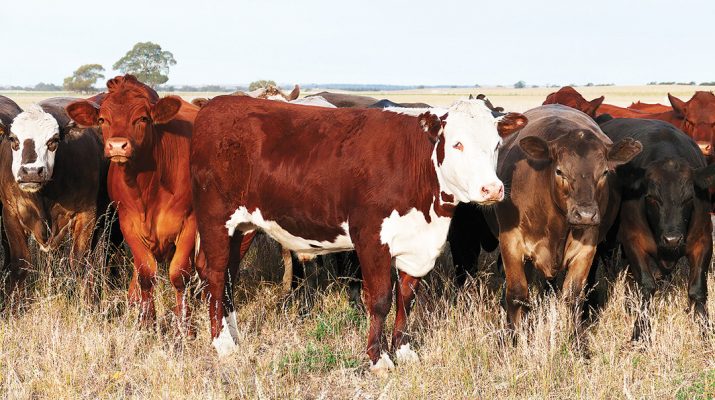MEAT & Livestock Australia has welcomed the report by CSIRO scientist Dr Brad Ridoutt, which concluded that a target of “climate neutrality” appears realistically achievable by the Australian red meat industry by 2026.
But on the question of “carbon neutrality” – the specific goal the Australian red meat industry has set itself to achieve by 2030 – the report’s conclusions were less bullish.
The report, prepared for MLA, was to identify and evaluate pathways for the Australian red meat industry to become climate neutral, whereby the radiative forcing (RF) footprint is stabilised or there is no net contribution to future warming.
Asked for its take on the findings, managing director, Jason Strong, provided the following written statement:
“This report uses published data, assumptions and modelling to track progress on the CN30 (no net release of greenhouse gas (GHG) emissions into the atmosphere by 2030) commitment and our journey ahead for reducing industry methane emissions.It is a valuable report as it helps MLA and industry to focus our investments and activities for maximum impact. The report also highlights that there are different methods and processes for accounting for industry methane emissions.
“We are very conscious of voices in the community/media/industry about:different ways of accounting for methane;challenges of how to commercialise new technology and support widespread adoption; and questions around whether the targets are achievable.
“We continue to listen to this information and remain firm that the CN30 target is delivering huge benefits for industry in its simplicity (easy to measure progress), clarity (easy to understand/aligned with global trends/targets), and purpose (to enable continued market access, community support, access to capital). We will continue to be open minded to the way that things change and progress.
“MLA understands the challenges of CN30 and the need to rapidly bring new technologies to market. We know that it is possible to reduce methane by up to 90% by using feed additives; the next exciting step for research is making it work in the real world. Our commitment to this challenge is something that the industry should be proud of.
“We have always reported progress to CN30 transparently and authentically.The research report investigated potential progress based on a set of assumptions. It highlights where we need to focus investment over the next seven years to remain on a trajectory for success.The report highlights the challenge ahead – but it also gives us the valuable opportunity to guide future steps for CN30.CN30 has always been about setting an ambitious yet achievable vision for the industry. The original vision for CN30 was based on CSIRO modelling that showed CN30 was achievable with the right innovation, technology and adoption.
“This report goes to the core of what CN30 is about – investing in innovation to propel us to CN30. It shows we are on the right path and will help guide the industry over the next seven years. MLA and the industry are absolutely committed to CN30. It is a globally recognised initiative and is having major traction with customers, governments and investors.
“CN30 is allowing us to demonstrate that the industry has made significant progress, having drastically reduced emissions since the baseline year of 2005. CN30 is continuing to drive innovation in our industry. It is also helping communicate that cattle, sheep and goats didn’t cause the problem – but our industry is absolutely part of the solution.
“This report focusses our efforts. It also reinforces the need for ongoing investment partnerships between the industry, government, and the private sector. Since 2017, MLA has co-invested $140 million in CN30 with plans to invest a further $150 million before the decade is out. MLA understands the challenges of CN30 and the need to rapidly bring new technologies to market.
“We know that it is possible to reduce methane by up to 90 percent through practices such as methane-reducing feed additives; there is more work to be done to apply this technology in the production system.”

